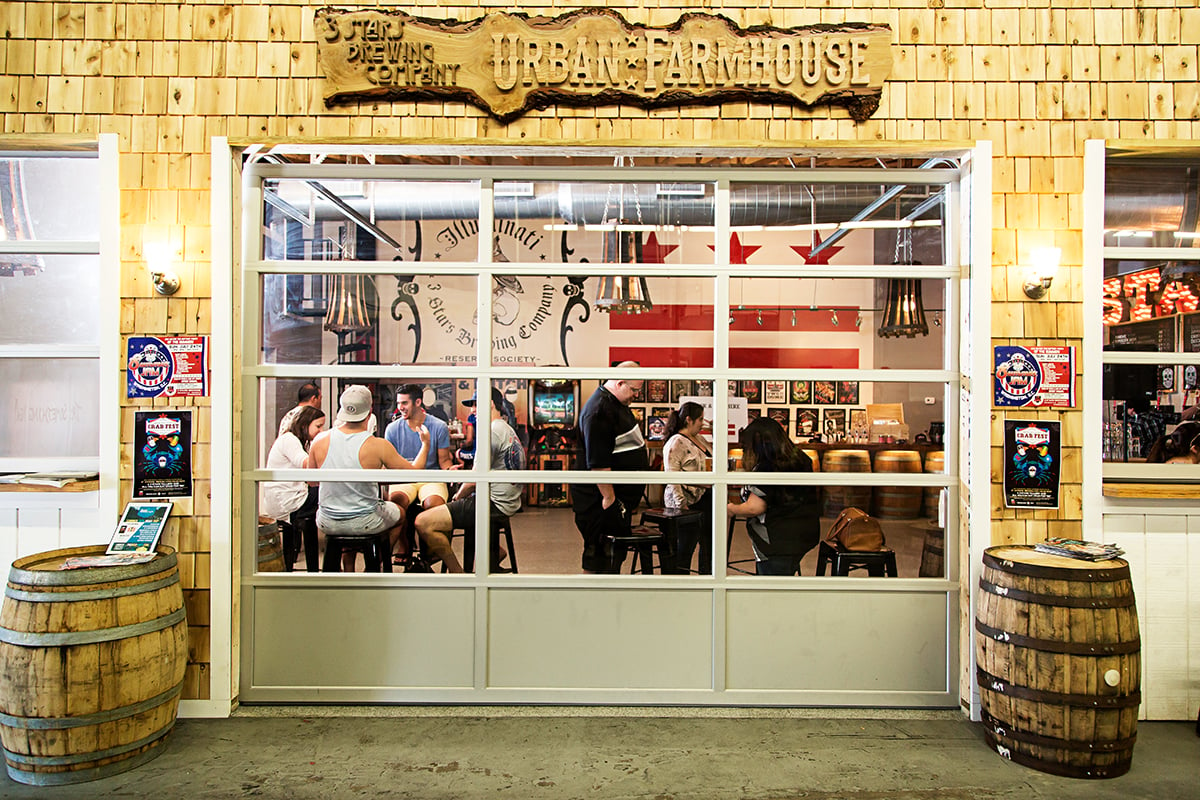Terry Cook tried yoga five years ago on his chiropractor’s advice. Through years of weight training, the 56-year-old’s shoulders had become a knot of cramped muscle. Cook now spends more time on his mat than in the gym, taking six to seven classes a week at Georgetown Yoga and practicing at home.
Yoga studios provide classes for runners, injured people, children, pregnant women, and seniors. Men are showing up in greater numbers, as are athletes.
“The main reason is that it works,” says John Schumacher, founder of Unity Woods, one of the area’s oldest yoga centers, with five locations in DC, Maryland, and Virginia. “It makes people feel better and improves their health.”
Back pain and stress are the most common reasons people take it up. Others want to enhance sports performance, feel part of a community, or connect to their spirituality.
“Often we have people come after a crisis, like a divorce or job loss,” says Kyra Sudofsky, owner of Inspired Yoga, in DC’s Adams Morgan and U Street neighborhoods. “They’re looking for something to fill the void.”
Yoga can be physically challenging. Students move through poses that require strength (reverse pushups, lunges), balance (headstands, standing on one foot), and flexibility. The payoff comes at the end: five to ten minutes of lying in deep relaxation.
The array of yoga styles can be intimidating. Ashtanga is the most athletic form, followed by vinyasa (or “flow”), which has more variation in the routine. Kripalu tends to be less vigorous. The biggest differences are in teaching styles, which range from almost militaristic to soothing. Some teachers incorporate chanting and meditation; others channel their inner aerobics instructor.
If you don’t want a workout, look for “restorative” or “gentle” classes. Most studios offer discounts or free classes for new students. After that, drop-in classes usually cost $15 to $20.
Web sites such as Yoga.com, YogaFinder.com, and YogaJournal.com list studios by area. Look for instructors who have been practicing at least two years. You may want to seek teachers with Yoga Alliance certification, which requires 200 hours of training, but there are highly qualified instructors who choose not to pay the certification fee.
—Denise Kersten Wills


















